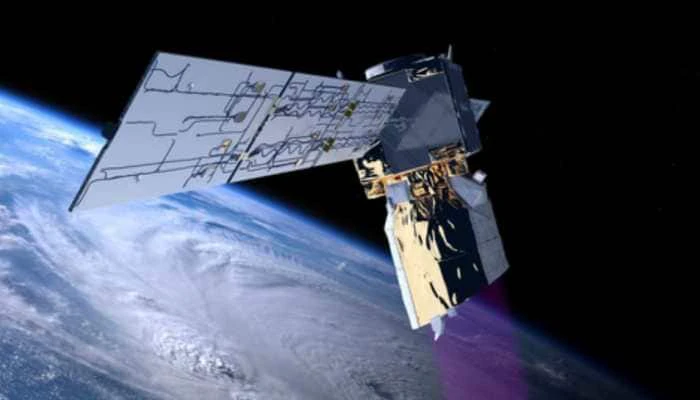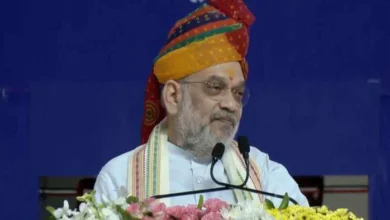NASA-ISRO Set To Launch A New Era In Earth Monitoring And Global Environmental Awareness

In a landmark collaboration, NASA and ISRO are ready to launch the NISAR satellite on July 30, 2025, At 5:40 PM IST, an Earth observation mission.
NISAR (NASA-ISRO Synthetic Aperture Radar) is the worlds most expensive Earth observation satellite, valued at around $1.5 billion, and represents one of the most ambitious joint efforts in space science between India and the United States.
The satellite will be launched on Indias GSLV-F16 rocket from Sriharikota Space Centre.
It is aimed to monitor changes on Earth’s surface with unmatched accuracy and frequency. The mission is designed to observe and record natural disasters, melting glaciers, shifting forests, and other crucial environmental changes
What Makes NISAR Special
NISAR will be the first satellite to use dual-frequency radar, NASAs L-band and ISROs S-band Synthetic Aperture Radar (SAR).
This technology allows it to detect changes as small as a few millimeters on Earths surface, even through clouds, forests, and darkness.
It will scan almost all land and ice surfaces every 12 days, with some key areas to re-visit after every 6 days.
NISAR can track events like earthquakes, landslides, volcanic activity, floods, glacier movements, and much more. It will also help scientists to study the effects of climate change and track groundwater levels with high precision.
This high-resolution data will be valuable for governments, researchers, and disaster-response teams across the globe.
One major advantage is that all data from NISAR will be freely available, ensuring transparency and promoting global scientific cooperation.
India-US Space Bond
The NISAR mission marks a major milestone in India-US space collaboration, which dates back over decades.
While NASA has provided the L-band radar, antenna system, and communication equipment, ISRO contributed the S-band radar, satellite body, launch vehicle, and integration support.
This is also the first time that ISRO and NASA have jointly developed hardware for an Earth observation mission.
It reflects Indias growing role as a global space partner, and shows how both nations are working together to solve shared challenges like climate change, natural disasters, and environmental degradation.
Indias External Affairs Ministry has called the mission a scientific handshake with the world.
A New Chapter Of Earth Science
Once launched, NISAR will take about 90 days to fully activate and start delivering data. After that, it will start sending crucial data about Earths changes.
More than just a satellite, NISAR marks a big step in India-US cooperation.
It shows how both nations are working together to protect our planet. For scientists, researchers, and everyday people, NISAR is expected to open a new era in Earth monitoring and global environmental awareness.








